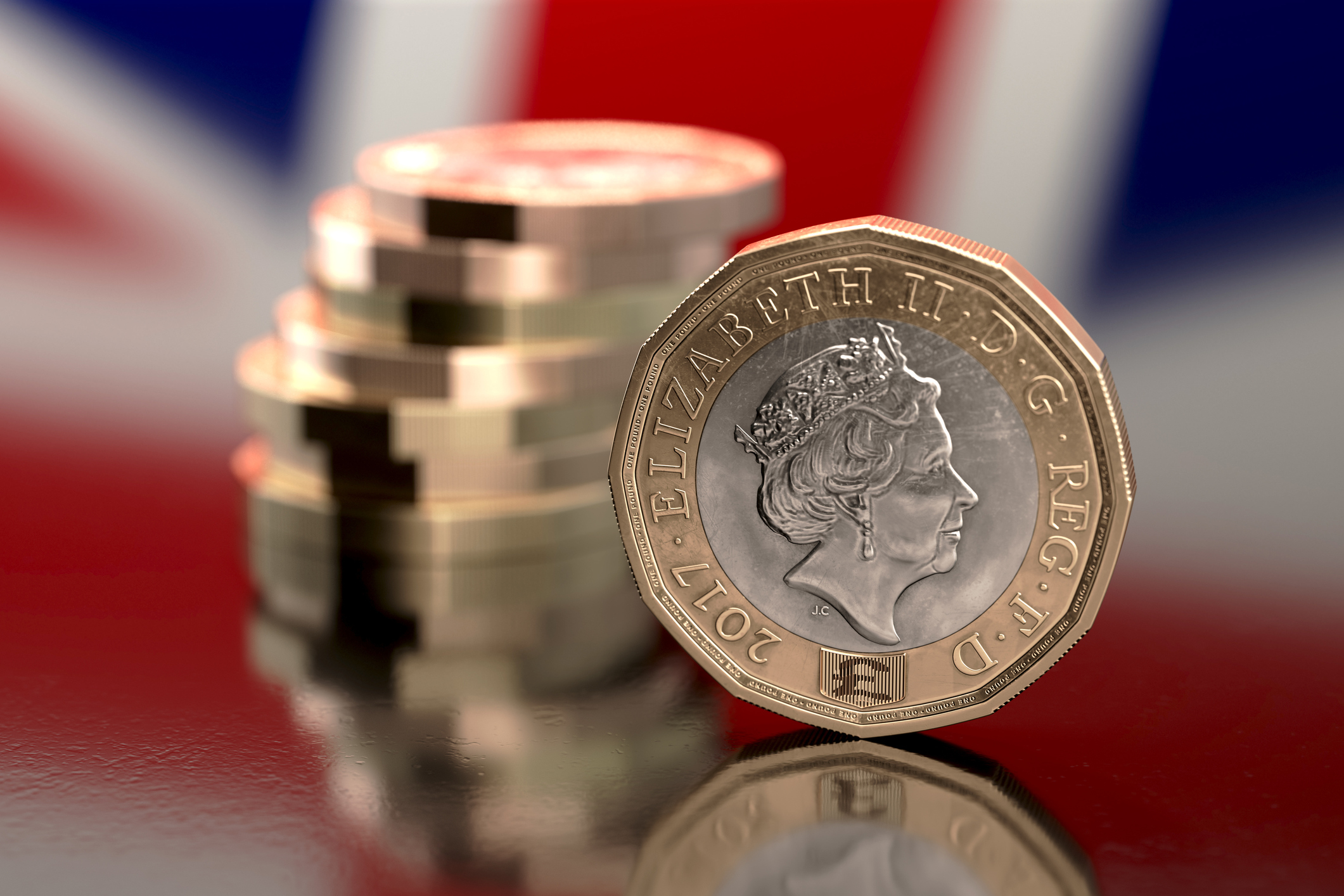
IT seems like only yesterday the Bank of England got rid of the £1 note.
But now, they’re doing away with its replacement.
The pound coin was meant to be the future when it was introduced on April 23, 1983 but the “round pound” will be completely phased out by October 15.
And its own replacement, the shiny 12-sided, twin-coloured number, is already nestled in your pockets and purses having come into circulation on March 28.
The new coin features a hologram where the “£” symbol changes to “1” when viewed from different angles.
I must admit, I didn’t know that.
The “tails” side was designed two years ago by schoolboy David Pearce, who created a design that incorporated the four national plants that represent the home nations.
The reason for introducing a new coin is simple — forgery.
The new design is meant to be harder for criminals to fake and has been billed as “the most secure coin in the world”.
And here was me thinking that was the 50p piece an Aberdonian keeps in his sock for emergencies.
Apparently about 45 million — that’s roughly 3% — of the old-style pound coins currently in circulation are counterfeit.
Which explains why self-service checkouts and parking meters keep spitting them back out at you.
The Royal Mint, which is producing the new coins in its Llantrisant facility in Wales, says they have a secret “patented high-security” feature to prevent copying.
But they won’t tell anyone what it is, for obvious reasons.
Bringing in a new coin presents a few practical problems while both it and the old version are still legal tender.
Some supermarkets have already converted their security-chained trolleys to the new one, others have stuck to the old style and more have removed the coin slots altogether.
North of the border we still nominally have the “paper pound” as the Royal Bank of Scotland continues to print and issue a small number of £1 notes 29 years after the rest of the UK got shot of them.
Their fate was sealed by the surge in inflation in the 70s which meant it was impossible to justify the cost of printing them, especially as they had a much shorter lifespan than coins — nine months as opposed to 40-plus years.
I used to love the fact we’d held onto the pound notes, but quickly became irritated when I got one back in my change as I had to take my wallet out to stow it away instead of just stuffing a coin in my pocket.
And, it has to be said, I can’t actually remember the last time I spotted one of these rare beasts.
Speaking of rare, whenever a coin goes out of circulation they become instantly collectible, but don’t expect to cash in on the contents of your piggy bank.
London-based dealer Richard Lobel of Coincraft says coins in “brilliant, uncirculated condition” are desirable, but more as a souvenir than an investment.
He adds: “They’re difficult to get because nobody puts them aside — after all they are £1 not a penny — but don’t expect them to rocket in value.”
Richard does, however, advise us to save our new coins, which could become more of a collector’s item.
“Lots of people save a coin in the first year of issue, but fewer in the second and in the third year, fewer still.
“Put a pound away every year and build up a little collection for yourself.”

Enjoy the convenience of having The Sunday Post delivered as a digital ePaper straight to your smartphone, tablet or computer.
Subscribe for only £5.49 a month and enjoy all the benefits of the printed paper as a digital replica.
Subscribe